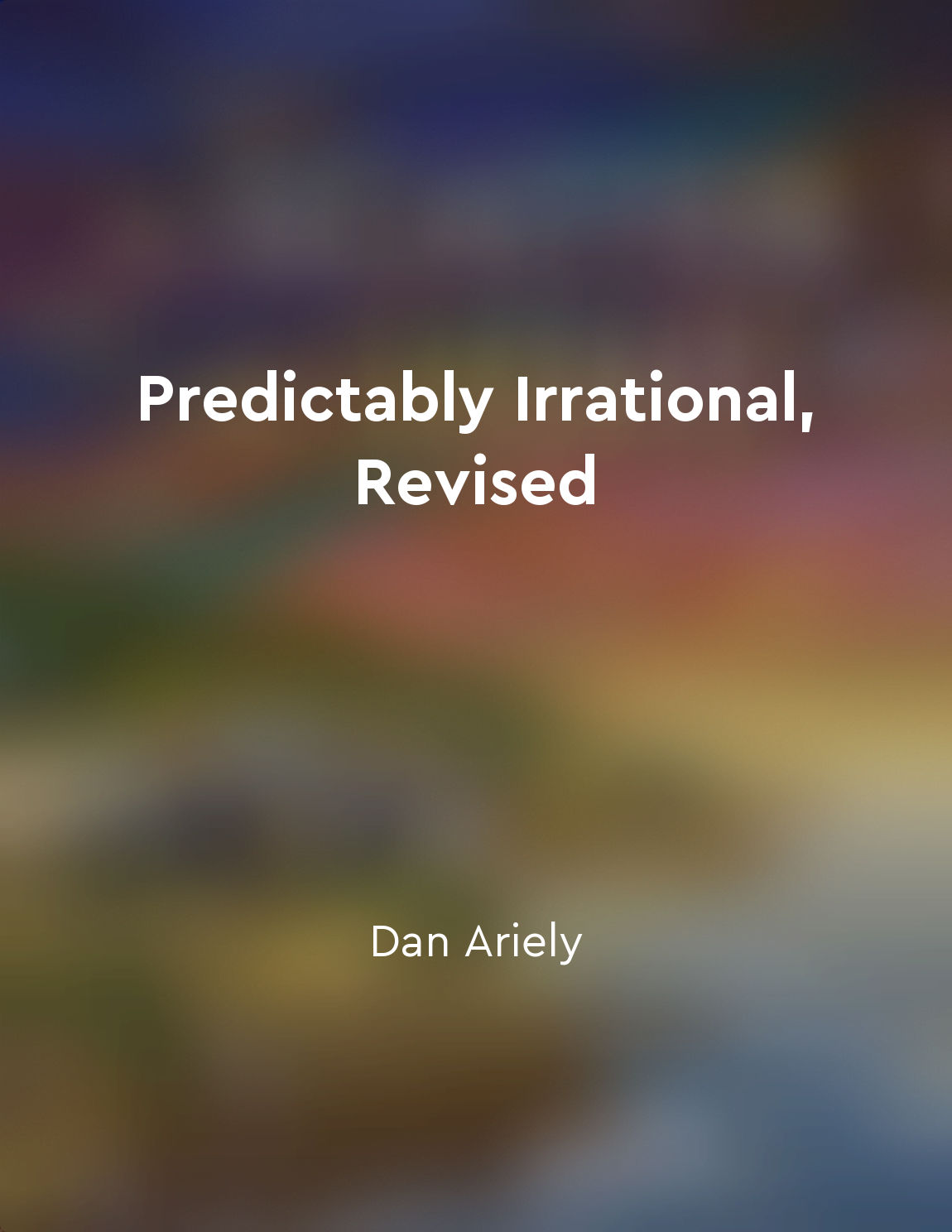Audio available in app
We are easily swayed by decoys and anchors from "summary" of Predictably Irrational, Revised by Dan Ariely
Consider for a moment the following scenario: you are in the market for a new laptop, and after browsing through several options, you come across two models that catch your eye. The first model is reasonably priced at $800 and has decent specifications, while the second model is a premium option priced at $1200 with superior features. Now, imagine that a third model is introduced into the mix. This third model is almost identical to the premium model in terms of specifications but priced at a staggering $2000. This model, known as the decoy, is strategically placed to make the premium model seem like a better deal in comparison. In this situation, the presence of the decoy has a significant impact on your decision-making process. The $1200 premium model, which initially seemed expensive, now appears more attractive and justifiable when compared to the exorbitantly priced decoy. Your perception of value has been subtly manipulated by the mere presence of an irrelevant option. This phenomenon is known as the decoy effect, where the introduction of a less appealing alternative influences our preferences between other options. By exploiting our tendency to compare choices, marketers and decision-makers can nudge us towards certain decisions without us even realizing it. In a similar vein, the concept of anchors plays a vital role in shaping our judgments and choices. Anchors are reference points that we use to make decisions, often subconsciously. When faced with a numerical value or price point, our minds instinctively latch onto that information and use it as a benchmark for evaluating subsequent options. For instance, if you are asked to estimate the population of a city but are provided with a wildly inaccurate figure as a starting point, your subsequent guesses are likely to be influenced by this initial anchor. Even when we are aware of this cognitive bias, it can be challenging to resist its effects on our decision-making process.- Our susceptibility to decoys and anchors highlights the nuanced ways in which our minds operate when making choices. By understanding these cognitive quirks, we can become more attuned to the subtle forces that shape our preferences and behaviors, empowering us to make more informed decisions in a world filled with persuasive influences.


